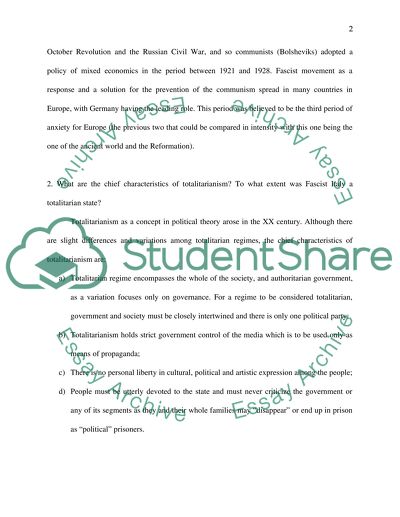Cite this document
(“Europe between Wars 1919-1939 and European Crisis Assignment”, n.d.)
Europe between Wars 1919-1939 and European Crisis Assignment. Retrieved from https://studentshare.org/history/1533267-european-history-college-essay
Europe between Wars 1919-1939 and European Crisis Assignment. Retrieved from https://studentshare.org/history/1533267-european-history-college-essay
(Europe Between Wars 1919-1939 and European Crisis Assignment)
Europe Between Wars 1919-1939 and European Crisis Assignment. https://studentshare.org/history/1533267-european-history-college-essay.
Europe Between Wars 1919-1939 and European Crisis Assignment. https://studentshare.org/history/1533267-european-history-college-essay.
“Europe Between Wars 1919-1939 and European Crisis Assignment”, n.d. https://studentshare.org/history/1533267-european-history-college-essay.


